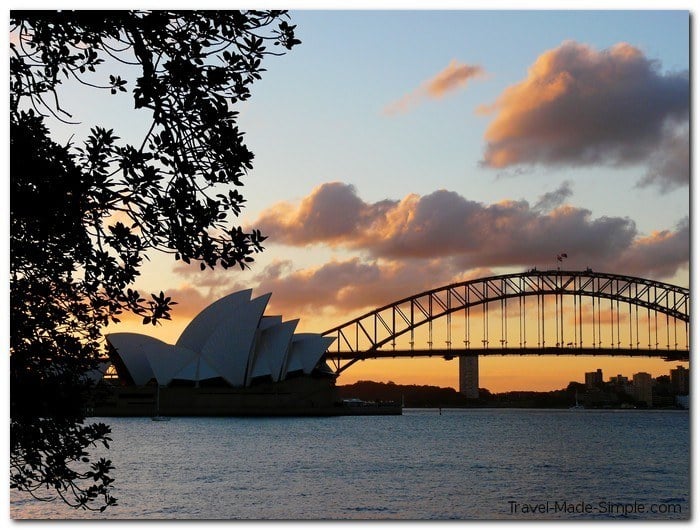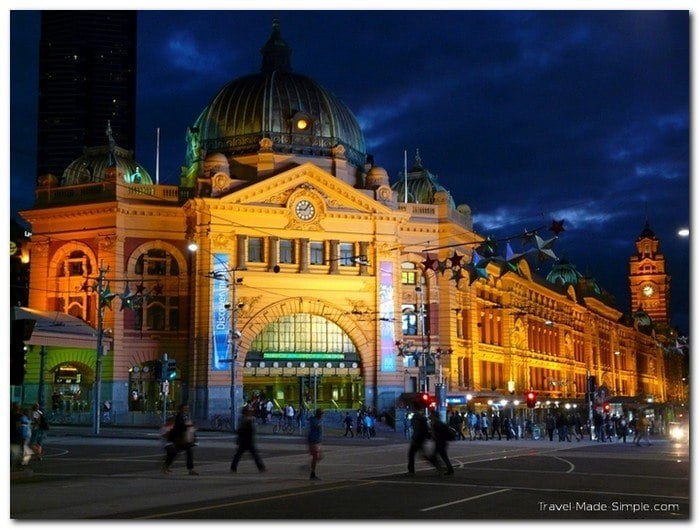Beachgoers across the world discovered stunning sea creatures this year — as strong currents and storms pushed them to the surface.
In the US state of Texas, a fish that typically swims in waters as deep as 365 metres (1,200 feet) was found lifeless on the sand in Corpus Christi.
New Zealand residents spotted a bright pink creature that turned out to be the largest species of jellyfish in the world during a family outing. And that’s just the beginning.
Photos and videos of various unique ocean finds were shared online, and (no surprise) quickly went viral. Some were considered local treasures, while others were studied and examined by marine experts to help them better understand rare species.
Here’s a look at some of the most puzzling sea creatures that washed up in 2018.
“GLOBSTER” WITH SHAGGY HAIR
A giant hairy sea creature washed up in the Philippines in May, causing locals to flock to the San Antonio beach to snap pictures of the mysterious “blob” many dubbed a “globster.”
The carcass of the animal measured about 6 metres (20 feet) long, according to The Sun. A video of the massive greyish white creature posted to YouTube showed two men with ropes working together to pull the monster out of the water.
Nobody knows what this giant sea creature ishttps://t.co/vPQGJmh55M— The Sun (@TheSun) May 12, 2018
Fishery Law Enforcement Officer, Vox Krusada, told the newspaper that — based on the size and shape of the creature, and what marine experts observed — officials could confirm it was the body of a whale.
THICK-TAILED BATFISH
An odd-looking fish that lives on the ocean floor shocked Texas park rangers when it washed up on Padre Island National Seashore in Corpus Christi in June.
Photographer Edie Bresler was scanning the beach for hidden treasures when he spotted the big-eyed fish. With its bumpy skin and wide mouth, Bresler wasn’t exactly sure what he was looking at. So, he quickly took out his camera and started snapping.
“I have been beach combing all my life so to come across something strange like this was totally exciting,” Bresler explained in a Facebook post. “It got even better when I took the photographs to the park rangers and they were equally baffled.”

Read more about it here:
https://www.news.com.au/technology/science/animals/mystery-creatures-that-washed-up-around-the-world-in-2018/news-story/f57843f2cd6c07d142a15a2c55c0bb7a








